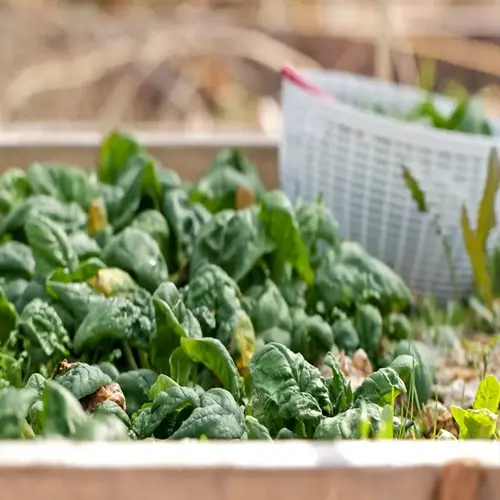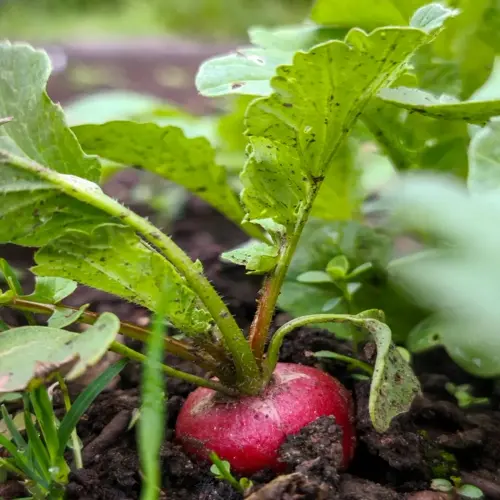What spacing optimizes pea plant health and yield?

Written by
Julia Anderson
Reviewed by
Prof. Charles Hartman, Ph.D.Plant spacing significantly affects pea plant wellbeing and harvests more than you may be aware. Plants that are too close are competing for light, nutrients, and airflow, which creates optimal conditions for disease. With proper spacing, this issue is avoided, and your production goals can be reached. I've doubled my harvest simply by adjusting the spacing of my plants in my garden experiments.
Bush pea types need space to breathe between the dense forms. Space a plant 4-6 inches apart in the row to avoid moisture buildup on the dense forms. Space rows 18-24 inches apart so you can maintain them comfortably. This arrangement also reduces the likelihood of fungal diseases developing in stagnant air pockets. I grew 'Little Marvel' bush peas at this spacing.
Vining peas utilize vertical support systems instead of wide spacing. Train tendrils to grow onto trellises or nets located 6-8 inches apart vertically. With vertical growth, horizontal spacing can be tightened to 2-3 inches between plants. Vertical growth increases yield by three times per square foot compared with planting on the ground.
Proven harvest access pathways are essential for enabling frequent harvesting. In a pea field, you can leave 24-inch walkways between every 3 to 4 rows of peas. Row plants from east to west, ensuring they receive equal sunlight. This access enables you to harvest and plant the plants. The productivity in my garden improved substantially with the help of access route planning.
Pre-Planting Preparation
- Measure and mark rows using string lines
- Install support systems before planting vining types
- Amend soil with compost to boost close-planting success
Ongoing Space Management
- Thin seedlings promptly to maintain planned distances
- Prune overlapping foliage weekly for air circulation
- Adjust supports as plants grow taller
Disease Prevention
- Monitor inner plant areas for mildew development
- Apply organic fungicides at first sign of disease
- Rotate pea locations annually to break disease cycles
Preventing overcrowding greatly minimizes the risk of disease transmission. Additionally, dense foliage creates humid microclimates that are ideal for the development of powdery mildew. Ultimately, with sufficient airflow, fungicides can be more effectively penetrated if applied. Air movement also allows leaves to dry faster after rain or watering. All these factors contribute to healthy plants and bigger yields.
By practicing precise spacing, the results from growing peas are improved. Stems grow stronger with better light penetration. Airflow helps reduce fungal challenges naturally. Harvesting is quicker and more efficient. You will achieve higher yields of peas with less work by adhering to the spacing principles.
Read the full article: When to Plant Peas: The Complete Guide

